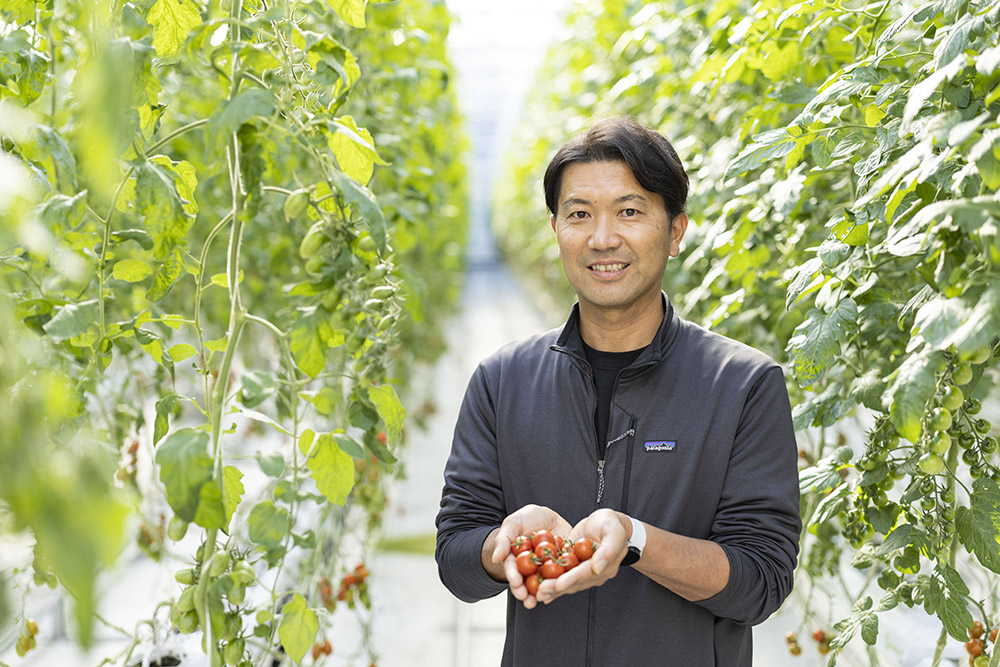Human Connections
Tradition and Innovation in a Local Pottery Studio
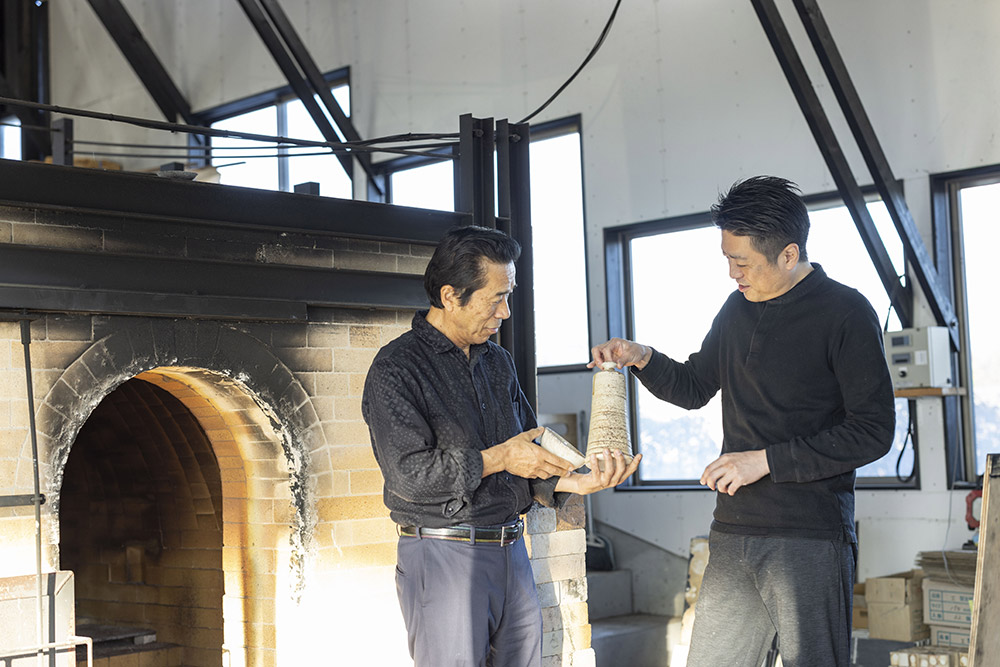
This historic pottery studio features a large climbing kiln and an attractive exhibition space featuring its uniquely designed and created works.
The Tokichiro Kiln is a pottery studio with a history dating back over 260 years. It was based in Obori, a viillage in the city of Soma in northern Fukushima Prefecture. After the Great East Japan Earthquake of 2011, the Kondo family who runs it was forced to relocate to the town of Yotsukura further south. The kiln specializes in the production of Obori Soma Ware, a traditional style of pottery with a long history in Soma, a community renowned for a thrilling annual festival featuring wild horse chases. Manabu Kondo, who represents the ninth generation of the Kondo family, describes the pottery style. “Many Japanese think that Obori Soma Ware must have a horse design, but in fact, historically, this wasn’t always the case,” he says. “The original styles were quite varied, but the horse motif gradually became popular. Eventually, it became a distinctive feature of the pottery, and potters began to compete with each other to produce this style.”

What is now widely known as Obori Soma Ware has three main characteristics. The first is the image of a horse, considered a lucky or sacred animal, and the second is the many hairline cracks on the surface. At first glance, the pottery might look like a defective product, but the cracks are unique patterns caused by the difference in shrinkage rates between the clay and the glaze. The third characteristic is the double-layered structure, created using a special technique. The inner layer retains the heat of the hot tea while the outer layer remains cool to the touch.
“As long as the kiln exists and pottery is made, Obori Soma Ware will continue to have an influence,” says Manabu Kondo.
Obori Soma Ware was first produced in the town of Namie more than 300 years ago, to be used in the homes of ordinary people. Manabu Kondo describes the process of producing the pottery: “It involved a high degree of specialization, from the treatment of the clay to the craftsmen who painted the horses, to the molding and firing, all carried out using a production line system.”
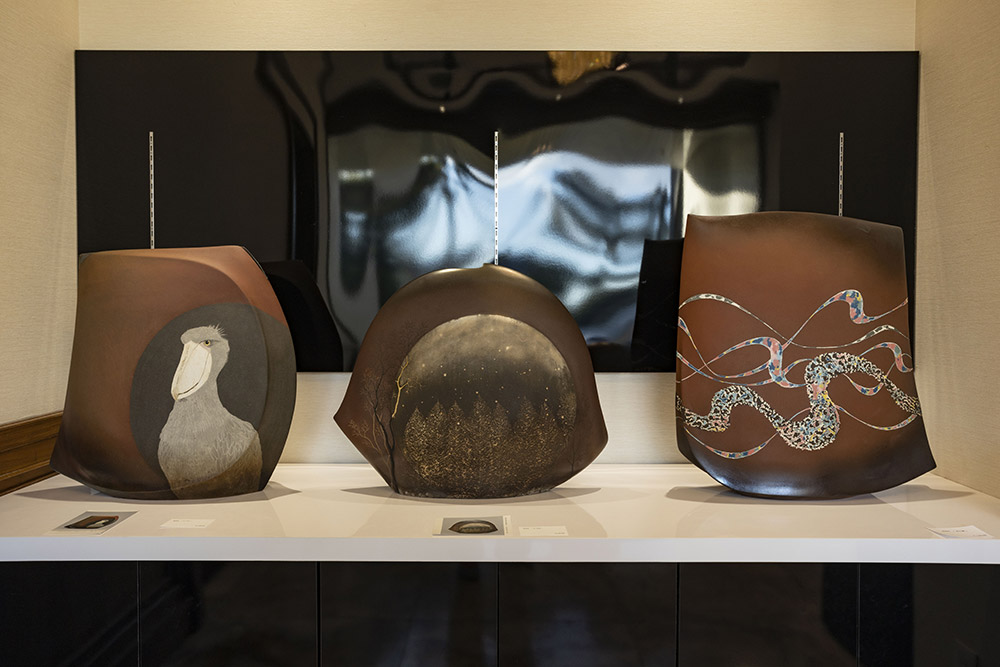
The gallery of Tokichiro Kiln features displays of works in three distinct styles, proof that the family is exploring beyond traditional boundaries. The first style is the classic Obori Soma Ware, featuring the horse motif. The second is the delicate style of the father of the family, Manabu Kondo, who focuses on restoring traditional techniques such as inlaying. The third is the contemporary style of his son, Takashi, featuring streamlined shapes crafted by hand. Unlike his father, who took over the family business as a young man, Takashi, who loved pottery from an early age, learned modern techniques when he went to art college.
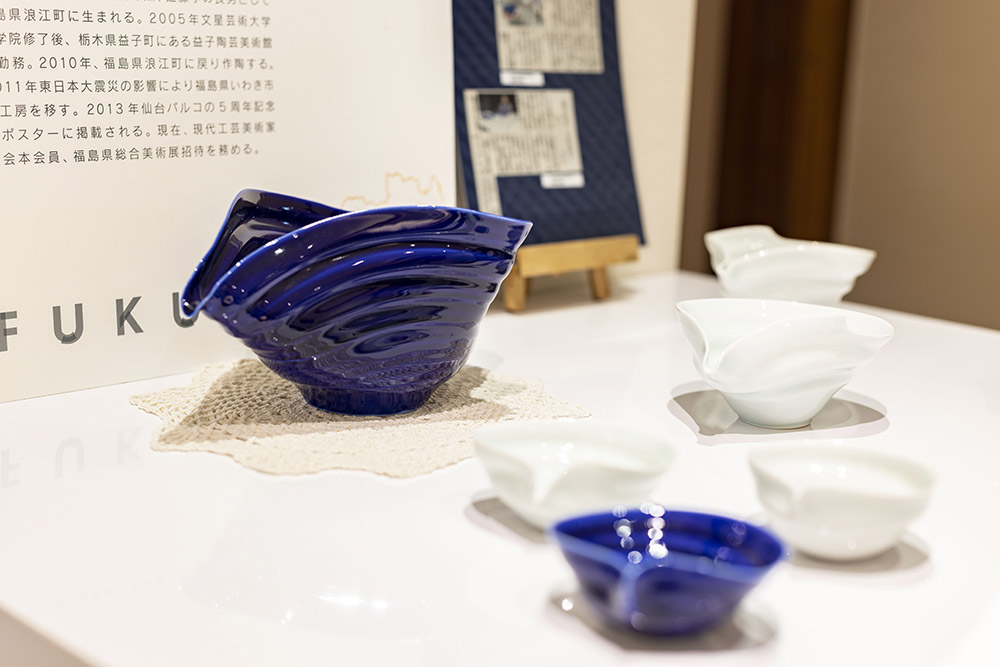
“I like to make pottery while listening to music,” Takashi says. “It is a very enjoyable process, and when you use my creations, I hope you can feel the joy I experience while making it.” In contrast to his father’s more traditional work, Takashi adds a more artistic style to Obori Soma Ware. By expanding the variety of styles and possible uses, the tableware and other items can now be used in a wider range of settings. His signature work, the “innocent blue” series, embodies this fusion of traditional craftsmanship and contemporary art.
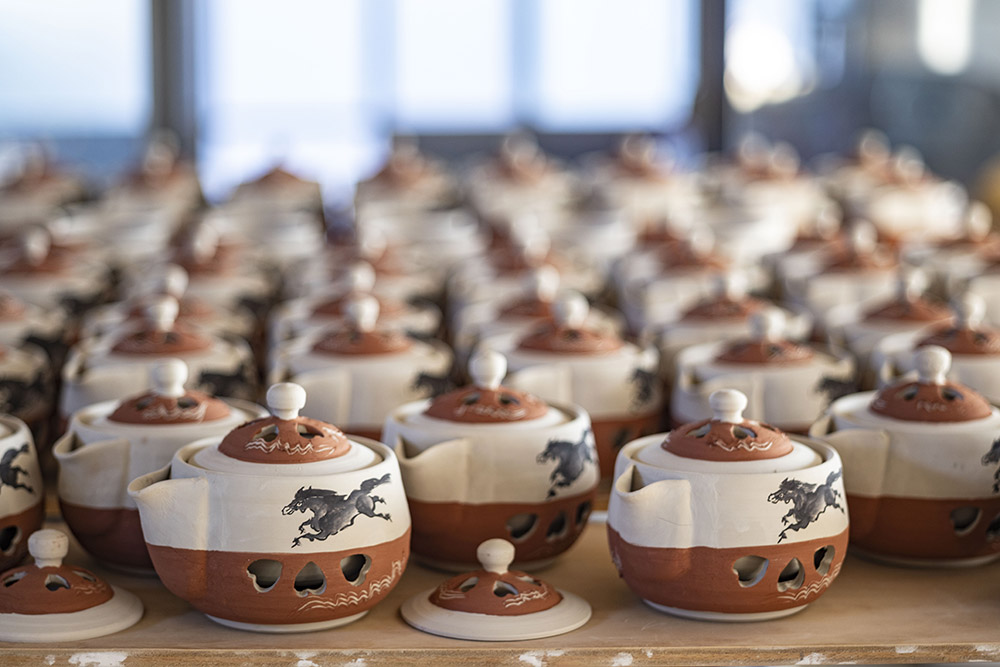
“For years now, people have been discussing what ‘tradition’ means,” says Manabu Kondo. “The most important subject of the discussion concerns the land itself. If we stop using the clay from Obori and move the kiln to a different place, it would move further away from tradition even if we still called it Obori Soma Ware,” says the elder Kondo. He is looking forward to the day when the family can return to their original site and light their historical kiln.
Father and son may have different ideas about the future of Obori Soma Ware, but perhaps the question of tradition or innovation is not the most important one. As Takashi Kondo says, “As long as the kiln exists and pottery is made, Obori Soma Ware will continue to have an influence.”
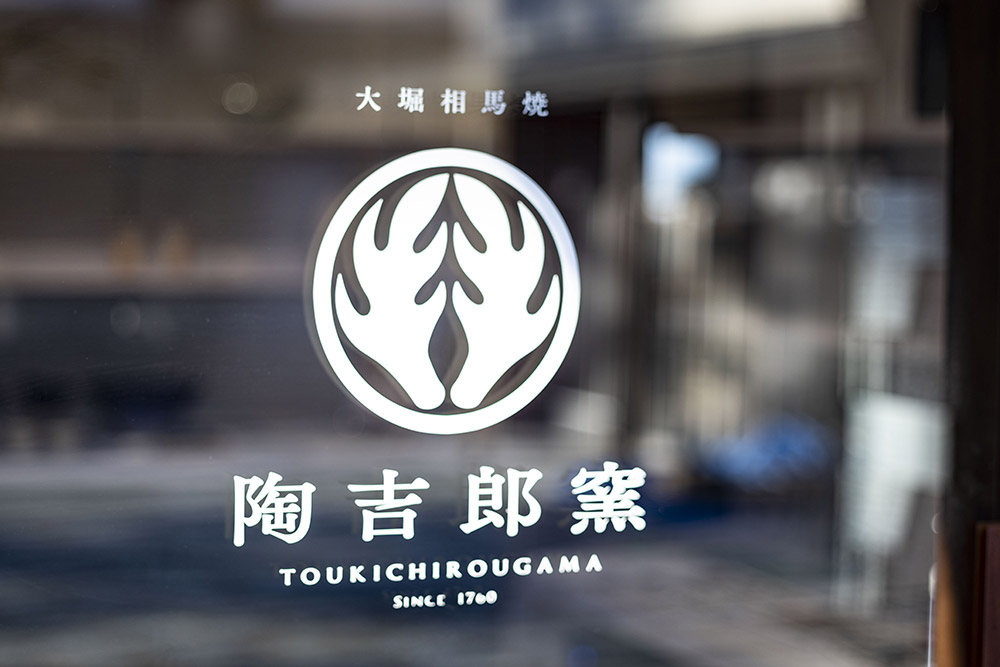
DATA
- Obori Soma Ware Tokichiro Kiln
-
-
- Address
- 75-17 Mitsumata, Yotsukura-machi Hosoya, Iwaki City, Fukushima
-
- Access
- 10 minutes by car from JR Yotsukura Station
-
- Hours
- 10:00-18:00 (closed on Tuesdays)
-
- Cost
- Pottery class 3,000 yen per person (held irregularly, reservation required)
-
